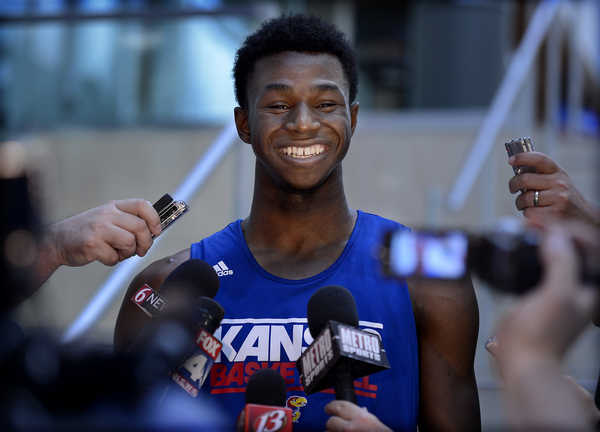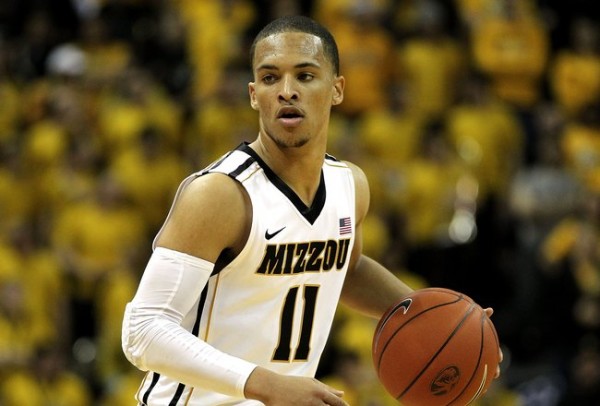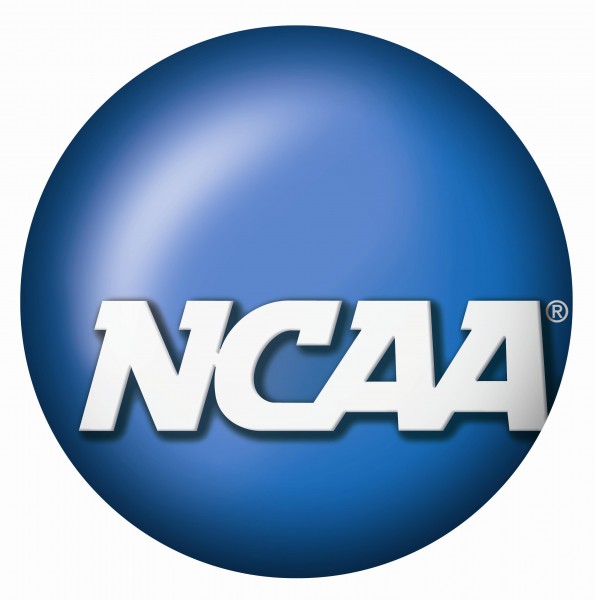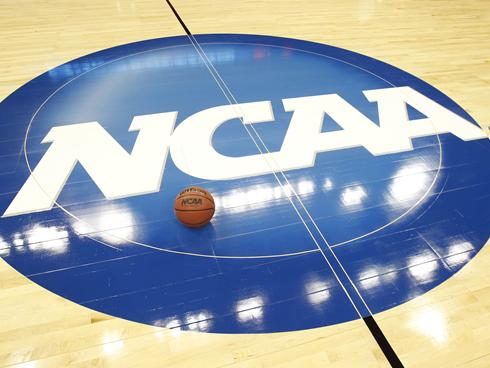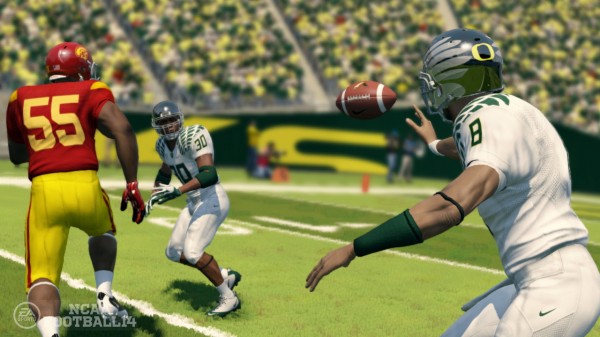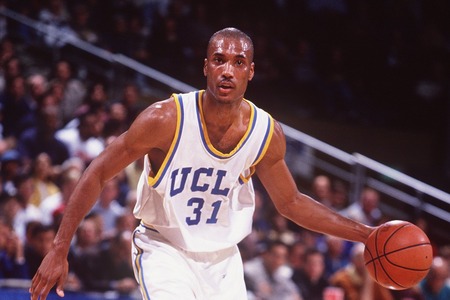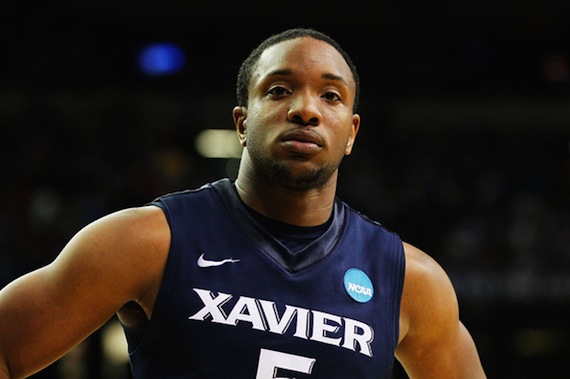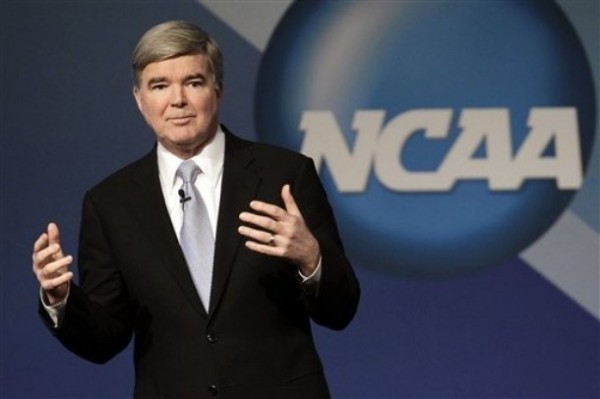Reported adidas Deal With Andrew Wiggins Sets Precedent Very High
Posted by David Harten on October 17th, 2013According to various media reports on Tuesday, adidas is already stocking up to make a play on current Kansas star Andrew Wiggins, with the shoe giant ready to the throw a 10-year, $140 to $180 million contract at him when he goes pro after this season. Wiggins is widely touted as the top prospect in the 2014 NBA Draft, so let’s move past any issues or claims of amateurism and instead look at the how and why of this supposed deal. Looking at the immediate future, when Wiggins is selected in the first round of the draft next June, he will get the guaranteed four-year contract that comes with selection as a first round pick, per the NBA’s recent collective bargaining agreement. Breaking it down to a simple annual take of salary ($4 million-plus per year) plus endorsements, Wiggins will make a minimum of $18-$22 million per year beginning next summer, assuming of course that he lives up to the overflowing hype while passing through Lawrence.
For comparison’s sake, let’s look at some of the more lucrative endorsement deals offered to young professional basketball prospects in the last decade. It’s tough to find a good benchmark, but you have to start with LeBron James’ deal with Nike in 2003, which was reportedly worth over $90 million at the time. In terms of one-year collegiate wonders, Kevin Durant signed a seven-year, $60 million deal with Nike when he came out of Texas, and lest we forget, Derrick Rose signed a monster “lifetime” (actual: 14-year) contract with adidas last year worth $260 million.
And yet, none of those deals are as important as the one that Wiggins could reportedly sign. There are certain number of factors that go into it. First, a company being publicly locked and loaded with such a deal (of course, neither adidas nor Wiggins can confirm it) could set off a behind-the-scenes bidding war and set the stage for preemptive moves like this in the future. Everyone around the game knows that the business of basketball begins when top players are still in the AAU ranks. With the shoe companies having such deep and prolific roots in the summer circuits and associations with the major prep schools, it’s easy to understand how and why many players are predestined for adidas, Nike, Reebok, and so forth from the beginning. Kansas is an adidas school. Wouldn’t it make sense for Wiggins to represent the shoe company on the court this season with such a tremendous payoff waiting for him in the wings? Shabazz Muhammad, UCLA, Dream Vision and adidas all say hello.





























